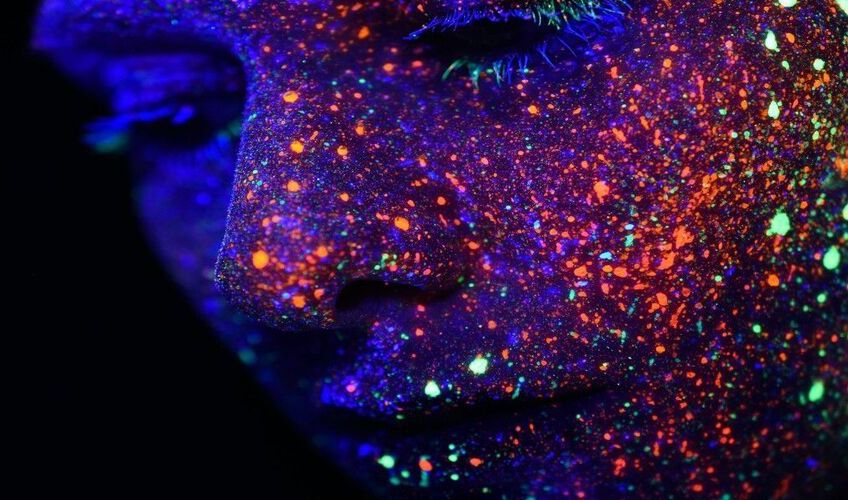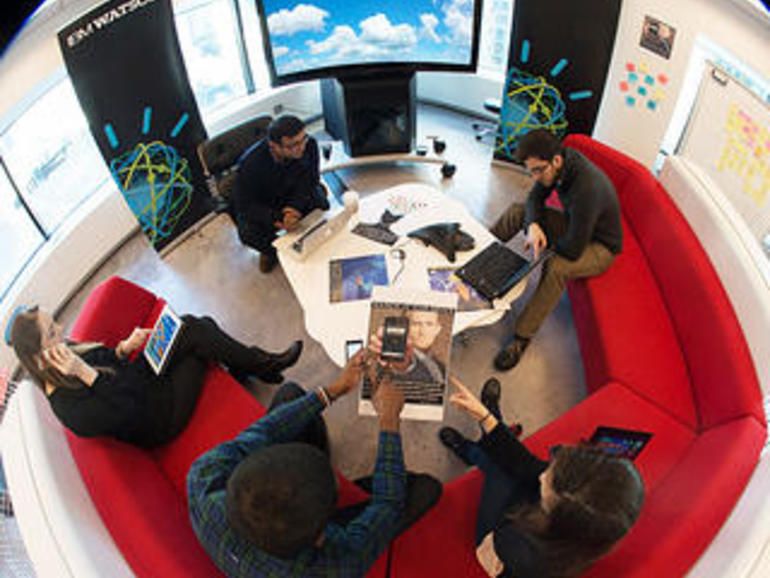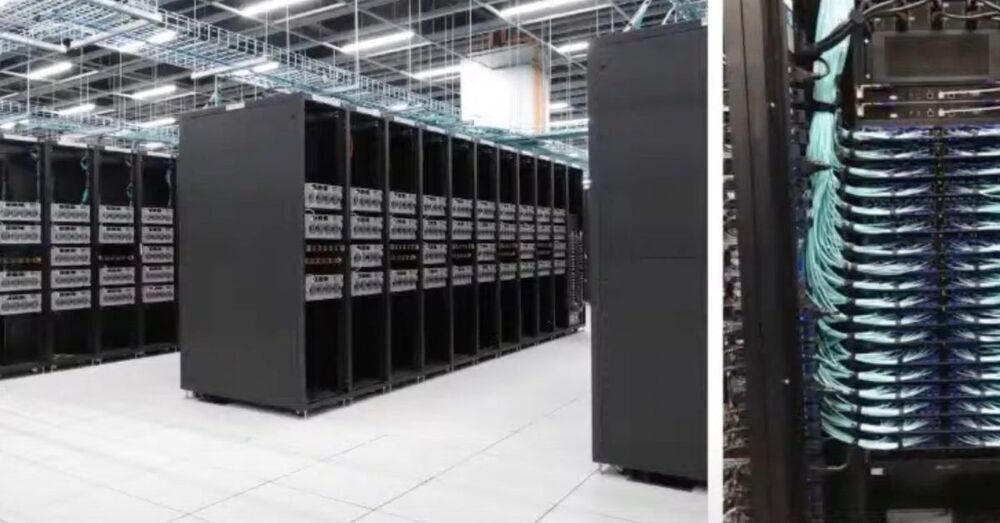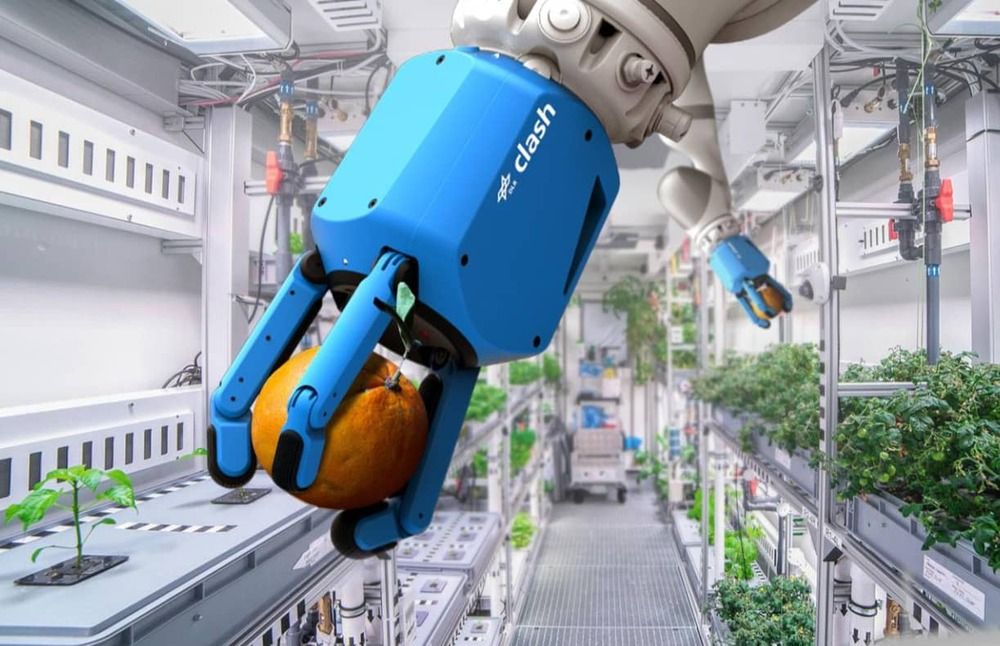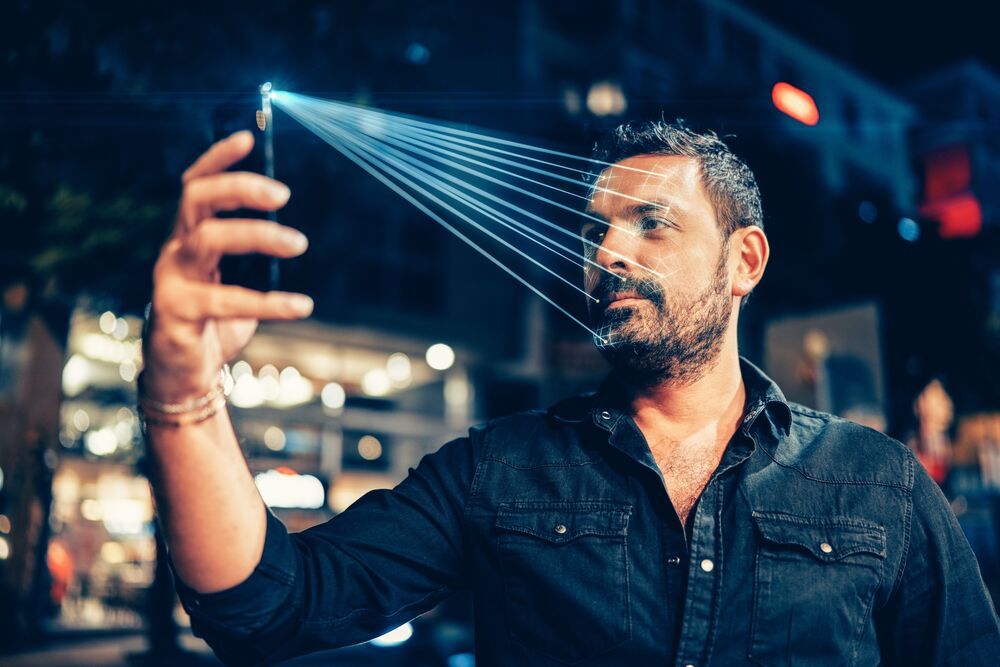Last week, I wrote an analysis of Reward Is Enough, a paper by scientists at DeepMind. As the title suggests, the researchers hypothesize that the right reward is all you need to create the abilities associated with intelligence, such as perception, motor functions, and language.
This is in contrast with AI systems that try to replicate specific functions of natural intelligence such as classifying images, navigating physical environments, or completing sentences.
The researchers go as far as suggesting that with well-defined reward, a complex environment, and the right reinforcement learning algorithm, we will be able to reach artificial general intelligence, the kind of problem-solving and cognitive abilities found in humans and, to a lesser degree, in animals.
